In the midst of an midterm election year, and all the drama that surrounds American elections, it’s easy to lose sight of major developments that may shape our world for years and decades to come.

On Monday, Aug. 29, at the Kennedy Space Center in Florida, the Artemis I rocket was set to launch. The launch was scrubbed about 30 minutes before takeoff and will be rescheduled for the next launch window on Saturday, Sept. 3, at 11:17 a.m. Arizona time (2:17 p.m. Eastern).
Its three-week mission will be to orbit the Moon and test its rockets and systems in an unmanned dry run in preparation for a manned flyby by four astronauts in Artemis II in 2024

and finally, a manned return to the Moon by Artemis III sometime in 2025.

By Artemis VI in 2028, we should have a working Lunar Gateway space station in orbit, with plans for a lunar colony and a waystation to take us to Mars.
For millennia, humans have stared at the Moon viewing it as a deity, or a guide, or a celestial timekeeper, but a generation ago, we reached out and touched the Moon itself.
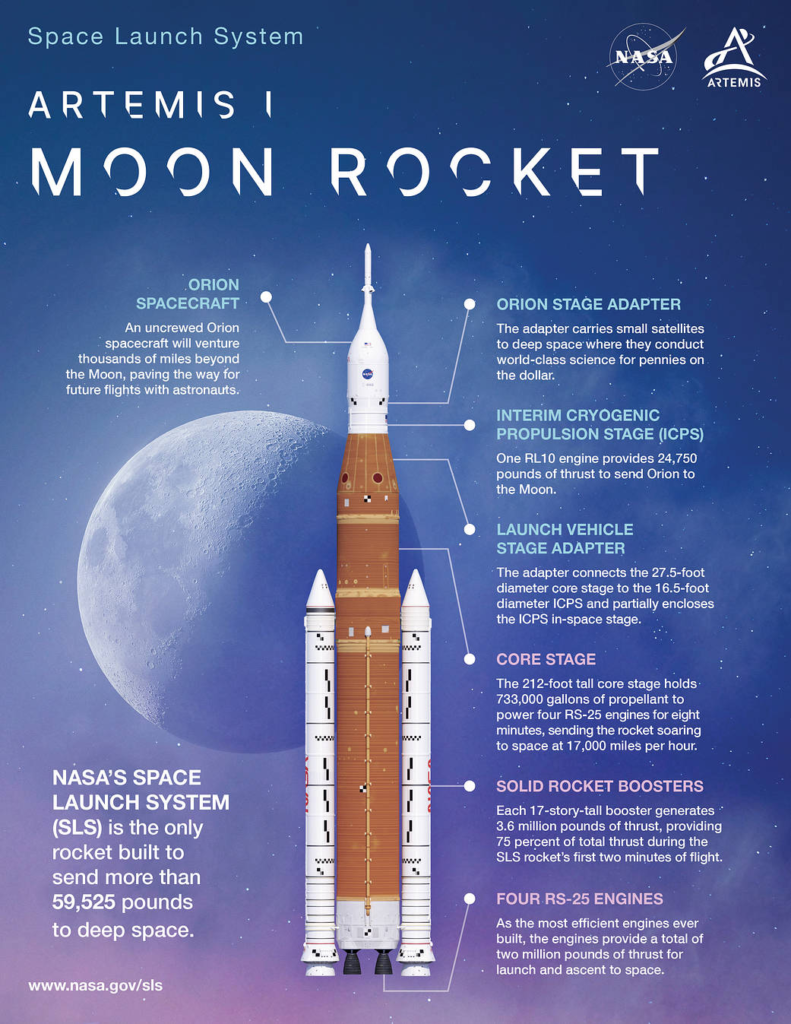
The Moon was born when a theoretical Mars-sized planet astrophysicists call Theia collided with a proto- Earth as the solar system was coalescing some 4.5 billion years ago.
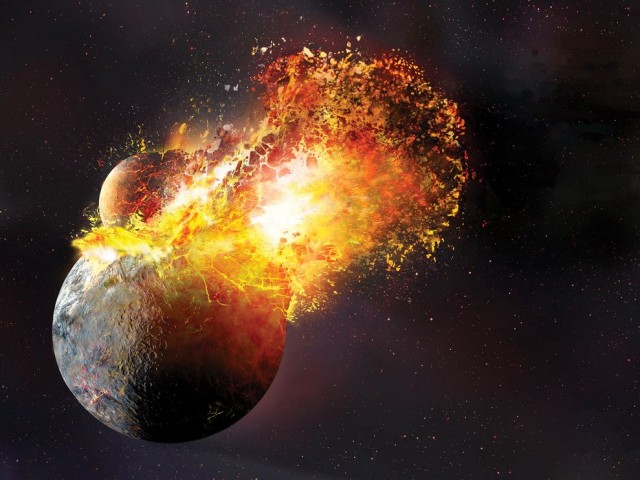
The cataclysmic collision ejected debris that formed the Earth-Moon system — it’s why much of the rock of the Earth and Moon are the same.

Evolutionary biologists believe the proximity of such a large orbital body increased the volatility of tide pools in primordial oceans allowing the first amino acids to collide together and form the building blocks the first life forms. Life on Earth “is” because of our Moon.
The Moon watched from orbit as the Earth began to team with living things, but wasn’t until 1969 — a year meaningless in the grand scale of planetary bodies — that creatures from Earth reached the Moon allowing these two celestial bodies to touch once again.
It took humanity 66 years from the first manned flight with an aircraft made from bicycle parts in Kitty Hawk, N.C., to landing two men on the Moon , watched live by nearly 1/5th of the world’s population at the time.
My father’s father, a miner and union leader, was wary of the medium of television. Nevertheless, in July 1969, he bought one the largest TVs he could find and had his neighbors and coworkers watch the landing in his living room. My mother’s parents, Montana wheat farmers, had most of the family watch; my great-grandmother thought it was all fake, unable to fully grasp how images could appear so fast from the surface of the Moon.
Apollo 11 was followed up by five missions ending in 1972, but no humans have been back in nearly 50 years. The Soviet Union never managed to send a manned mission to the Moon and, until recently, the Chinese government and European Union lacked the technical prowess to do so.
The space raced petered out with an American victory in the 1970s, but perhaps never should have ended. And the Moon — it did not know it was truly alone until we visited and never came back.
In 2012, I covered a speech in Flagstaff by the first astronaut to walk on the Moon, Neil Armstrong.
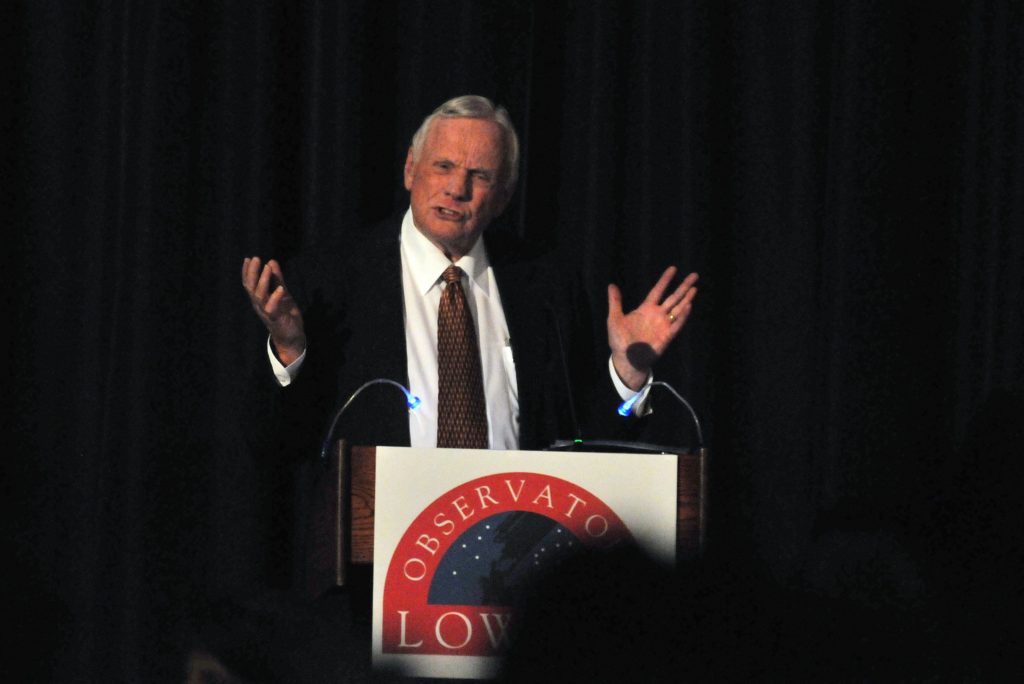
He gave a minute-by-minute recount the landing as we watched video footage on the screen behind him, explaining all the sights and sounds, alarms and radio traffic.
When we heard a brief pause followed by, “Houston, Tranquility Base here. The Eagle has landed,” applause erupted — it felt like we there, all watching him reach the Moon again for the first time.
In March my wife gave birth to twins: Our daughter Artemis and our son Odysseus, one of whose many middle names is Orion. They are too young to understand the significance now, but as they get older and see more Artemis missions taking more Orion landers and astronauts to lunar orbit, to the Lunar Gateway space station and to a permanent human settlement on the surface, I hope they understand the significance of their names and what they mean to the future of humanity.
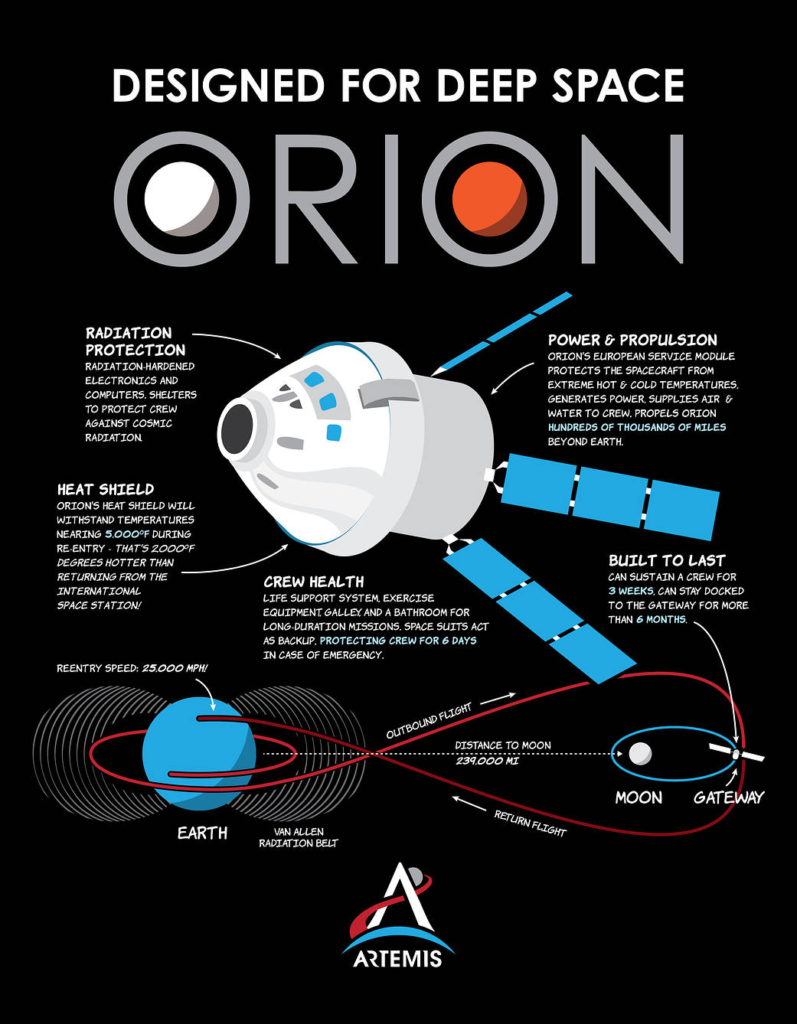
The Moon landings reshaped our world, giving us new respect for the insignificance of life on this pale blue dot in a sea of cold black. Perhaps we would not be so divided if we were constantly reminded we all share one lonely lifeboat in the dark.
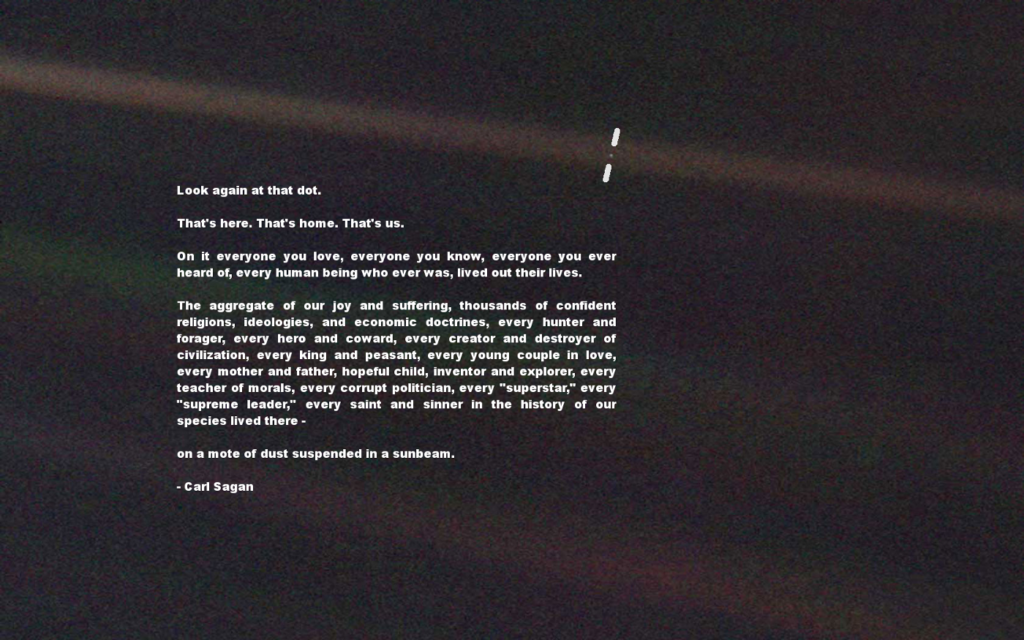
We will and must become an interplanetary species — Armstrong said the same. There are enough resources in the asteroid belt, Kuiper belt and Oort cloud to supply our species’ needs for raw metals and water to build a solar-system-wide civilization that could last for millennia.
Other celestial bodies are not simply planets to observe, but places we will eventually call home, where we will live and die and, some day, dream of leaving behind for worlds around other suns.
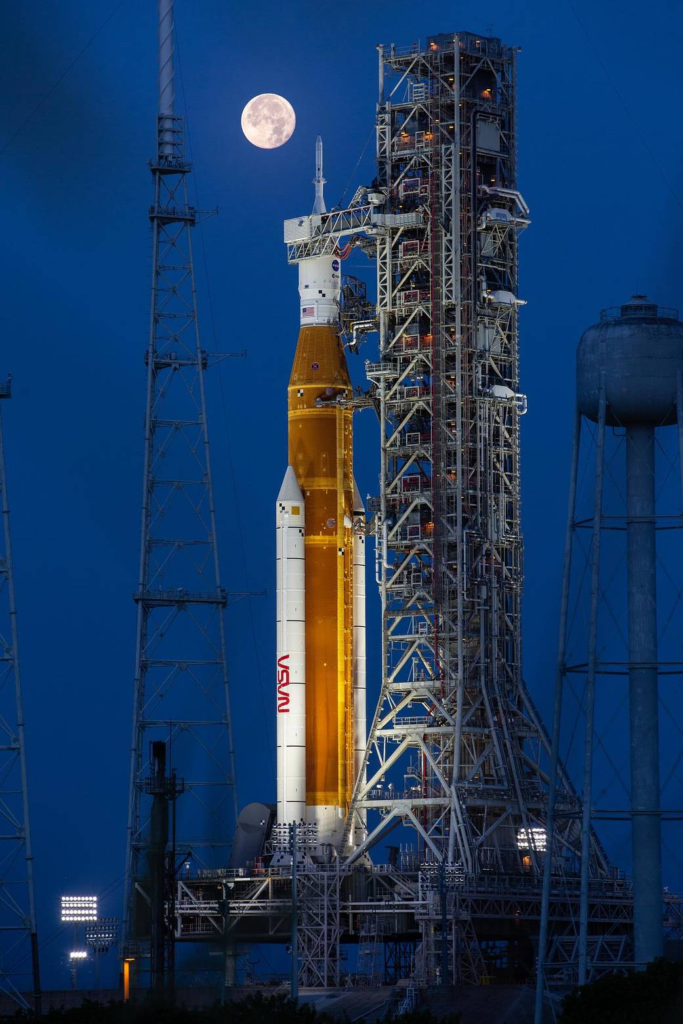
But first, we break the bonds of Earth. The Artemis rocket and Orion lander are our first steps, not our last.
Christopher Fox Graham
Larson Newspapers



















